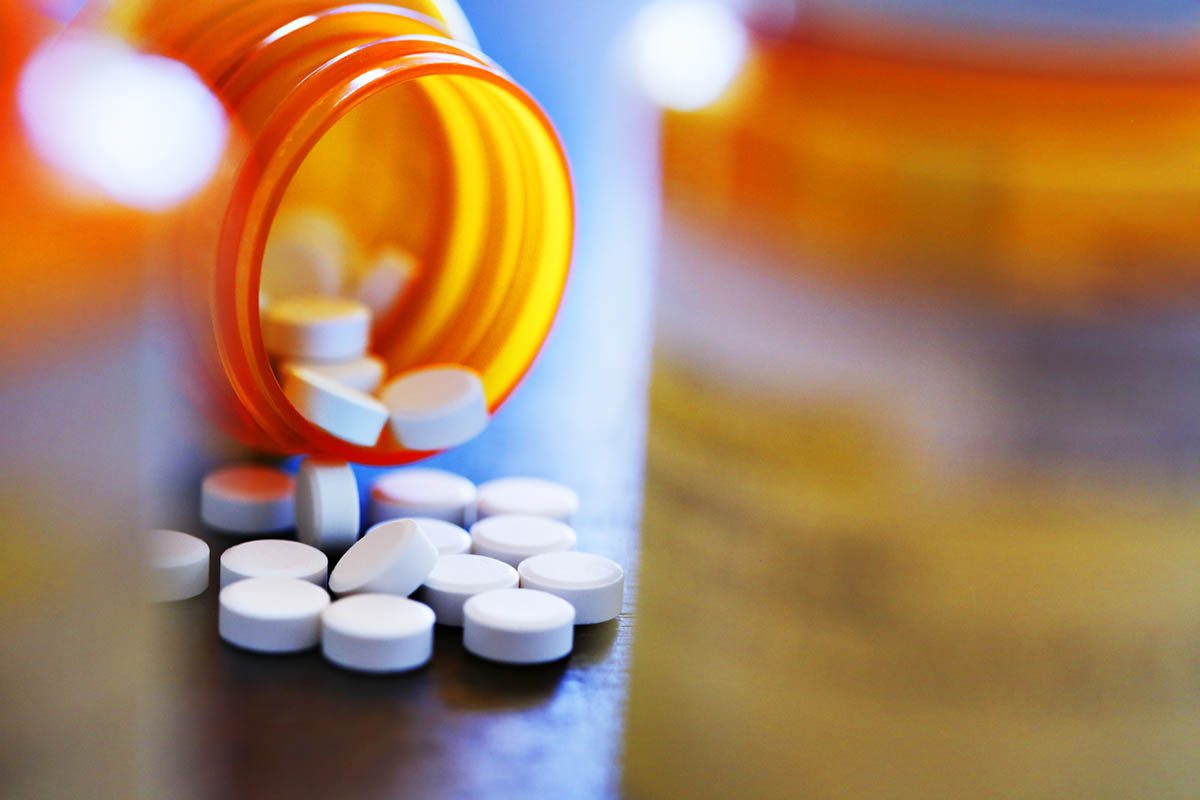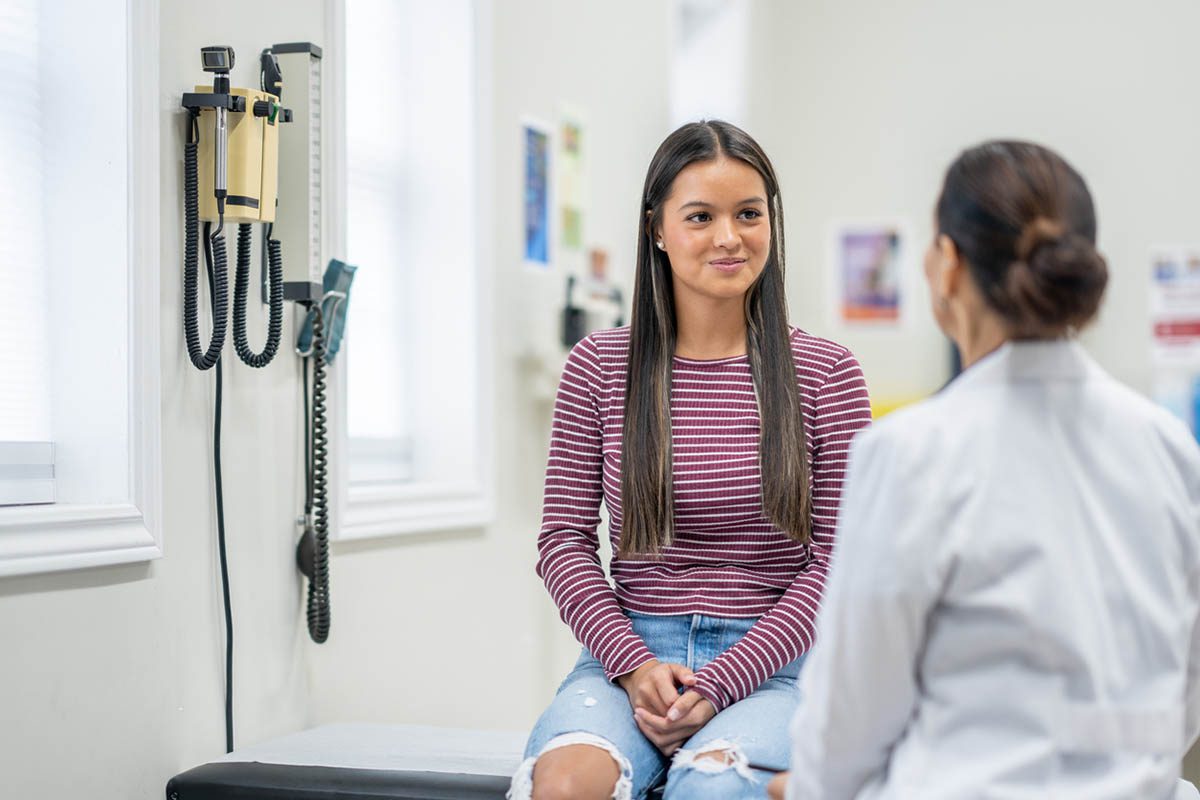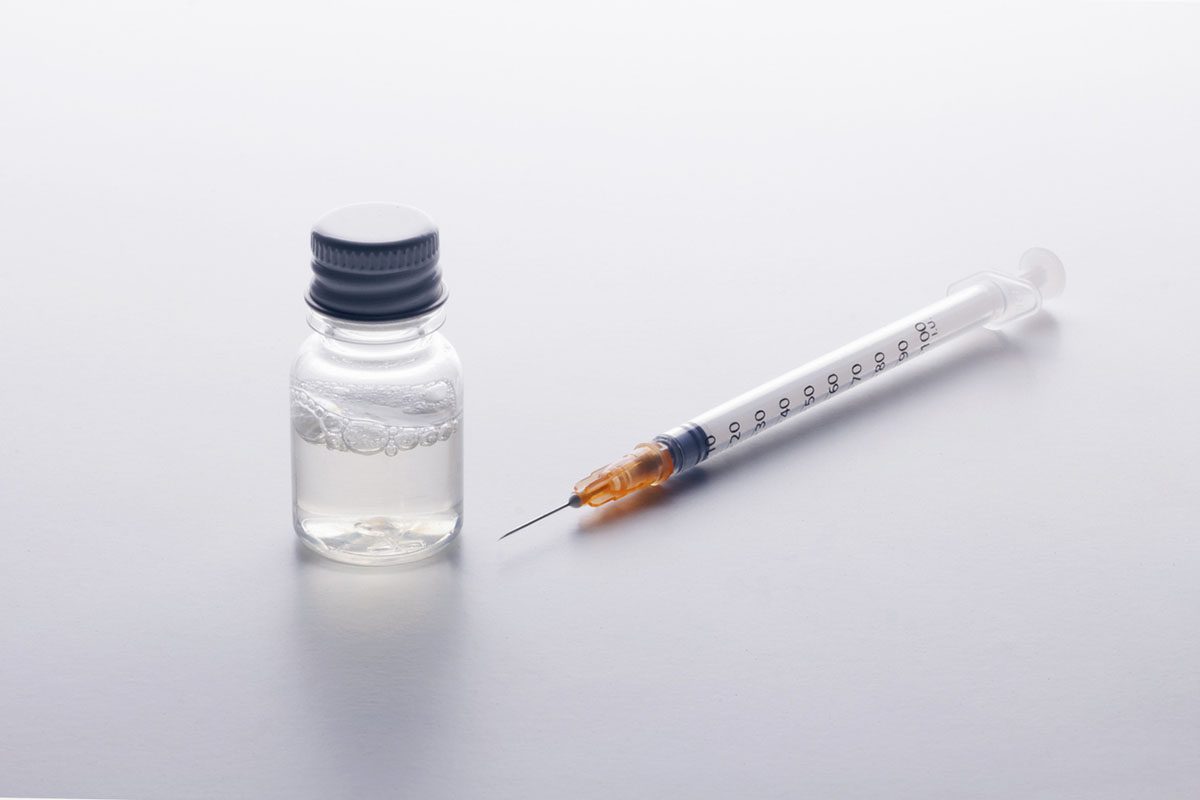Because this piece does not have an abstract, we have provided for your benefit the first 3 sentences of the full text.
To the Editor: We read with interest the article by Tomko et al, which adds to the large body of previous work documenting an association between gabapentin misuse and opioid misuse. We agree with Tomko et al that regulatory agencies should consider tighter gabapentin regulation, potentially including reclassification as a controlled substance, as our team and other researchers have documented the prevalence and harms associated with gabapentin and opioid coadministration at high dosages. In addition, Tomko et al note that a knowledge gap exists concerning whether high-dose gabapentin signals potential opioid misuse and warrants further investigation.’ ‹
Quantifying Gabapentin Misuse With Opioids
To the Editor: We read with interest the article by Tomko et al,1 which adds to the large body of previous work documenting an association between gabapentin misuse and opioid misuse.2-9 We agree with Tomko et al1 that regulatory agencies should consider tighter gabapentin regulation, potentially including reclassification as a controlled substance,1,10-12 as our team and other researchers have documented the prevalence and harms associated with gabapentin and opioid coadministration at high dosages.7,13-15 In addition, Tomko et al1 note that a knowledge gap exists concerning whether high-dose gabapentin signals potential opioid misuse and warrants further investigation.1 While we agree that this question warrants further investigation, we have explored 2 other predictive models related to combined misuse of gabapentin and opioids that may be of interest.9,16
First, we explored predictors of gabapentin misuse with particular interest paid to a preexisting diagnosis of addiction and concomitant opioid use.9 We found a notable predictor of gabapentin abuse to be the presence of concomitant opioids, especially among those with a diagnosis of addiction.9 This model may be adapted to investigate high-dose gabapentin as a predictor of opioid misuse in outpatient populations.
Additionally, our research team conducted a proof-of-concept study on prescription claims data to predict fraud, waste, or abuse (FWA) via power-law analysis (PLA), comparing this technique with standard Lorenz-curve analysis.16 This model was applied to single medications (eg, use of opioids at baseline was examined using PLA to predict FWA of opioids at follow-up).16 We were able to better detect patients not currently engaging in, but at risk of developing, future FWA for controlled substances (alprazolam and opioids), though the model was less predictive for patients using gabapentin.16 This model, after refinement for noncontrolled substance detection, may be adapted to assess baseline use of high-dose gabapentin as a signal for FWA of opioids at follow-up.
Overall, we commend Tomko et al1 for highlighting the need for further investigation into the potential 2-way relationship between gabapentin misuse and opioid misuse. Gabapentin misuse amid the opioid epidemic poses a significant clinical concern and, if identified as a signal of opioid misuse in outpatients, would allow for earlier clinical intervention, potentially translating to improved clinical outcomes and reduced opioid-related mortality.
References
1. Tomko JR, Prasad KM, Kubas S, et al. The association of gabapentin use and dose with substance use disorders prior to inpatient mental health treatment: a cross-sectional study. Prim Care Companion CNS Disord. 2018;20(4):18m02291. PubMed CrossRef
2. Smith BH, Higgins C, Baldacchino A, et al. Substance misuse of gabapentin. Br J Gen Pract. 2012;62(601):406-407. PubMed CrossRef
3. Baird CR, Fox P, Colvin LA. Gabapentinoid abuse in order to potentiate the effect of methadone: a survey among substance misusers. Eur Addict Res. 2014;20(3):115-118. PubMed CrossRef
4. Wilens T, Zulauf C, Ryland D, et al. Prescription medication misuse among opioid dependent patients seeking inpatient detoxification. Am J Addict. 2015;24(2):173-177. PubMed CrossRef
5. Reeves RR, Ladner ME. Potentiation of the effect of buprenorphine/naloxone with gabapentin or quetiapine. Am J Psychiatry. 2015;172(5):487-488. PubMed CrossRef
6. Bastiaens L, Galus J, Mazur C. Abuse of gabapentin is associated with opioid addiction. Psychiatr Q. 2016;87(4):763-767. PubMed CrossRef
7. Peckham AM, Fairman KA, Sclar DA. Prevalence of gabapentin abuse: comparison with agents with known abuse potential in a commercially insured US population. Clin Drug Investig. 2017;37(8):763-773. PubMed CrossRef
8. Lyndon A, Audrey S, Wells C, et al. Risk to heroin users of polydrug use of pregabalin or gabapentin. Addiction. 2017;112(9):1580-1589. PubMed CrossRef
9. Peckham AM, Evoy KE, Covvey JR, et al. Predictors of gabapentin overuse with or without concomitant opioids in a commercially insured US population. Pharmacotherapy. 2018;38(4):436-443. PubMed CrossRef
10. Peckham AM, Fairman KA, Sclar DA. Policies to mitigate nonmedical use of prescription medications: how should emerging evidence of gabapentin misuse be addressed? Expert Opin Drug Saf. 2018;17(5):519-523. PubMed CrossRef
11. Peckham AM, Fairman KA, Sclar DA. Call for increased pharmacovigilance of gabapentin. BMJ. 2017;359:j5456. PubMed CrossRef
12. Peckham AM, Ananickal MJ, Sclar DA. Gabapentin use, abuse, and the US opioid epidemic: the case for reclassification as a controlled substance and the need for pharmacovigilance. Risk Manag Healthc Policy. 2018;11:109-116. PubMed CrossRef
13. Peckham AM, Fairman KA, Sclar DA. All-cause and drug-related medical events associated with overuse of gabapentin and/or opioid medications: a retrospective cohort analysis of a commercially insured US population. Drug Saf. 2018;41(2):213-228. PubMed CrossRef
14. Gomes T, Juurlink DN, Antoniou T, et al. Gabapentin, opioids, and the risk of opioid-related death: a population-based nested case-control study. PLoS Med. 2017;14(10):e1002396. PubMed CrossRef
15. Evoy KE, Covvey JR, Peckham AM, et al. Reports of gabapentin and pregabalin abuse, misuse, dependence, or overdose: an analysis of the Food and Drug Administration Adverse Events Reporting System (FAERS) [published online ahead of print June 28, 2018]. Res Social Adm Pharm. CrossRef
16. Fairman KA, Peckham AM, Rucker ML, et al. Use of power-law analysis to predict abuse or diversion of prescribed medications: proof-of-concept mathematical exploration. BMC Res Notes. 2018;11(1):523. PubMed CrossRef
aSubstance Use Disorders Initiative, Massachusetts General Hospital, Boston, Massachusetts
bSchool of Pharmacy, Bouvé College of Health Sciences, Northeastern University, Boston, Massachusetts
cDepartment of Pharmacy Practice, College of Pharmacy-Glendale, Midwestern University, Glendale, Arizona
Potential conflicts of interest: None.
Funding/support: None.
Published online: March 14, 2019.
Prim Care Companion CNS Disord 2019;21(2):18l02386
To cite: Peckham AM, Sclar DA. Quantifying gabapentin misuse with opioids. Prim Care Companion CNS Disord. 2019;21(2):18l02386.
To share: https://doi.org/10.4088/PCC.18l02386
© Copyright 2019 Physicians Postgraduate Press, Inc.
Please sign in or purchase this PDF for $40.00.





